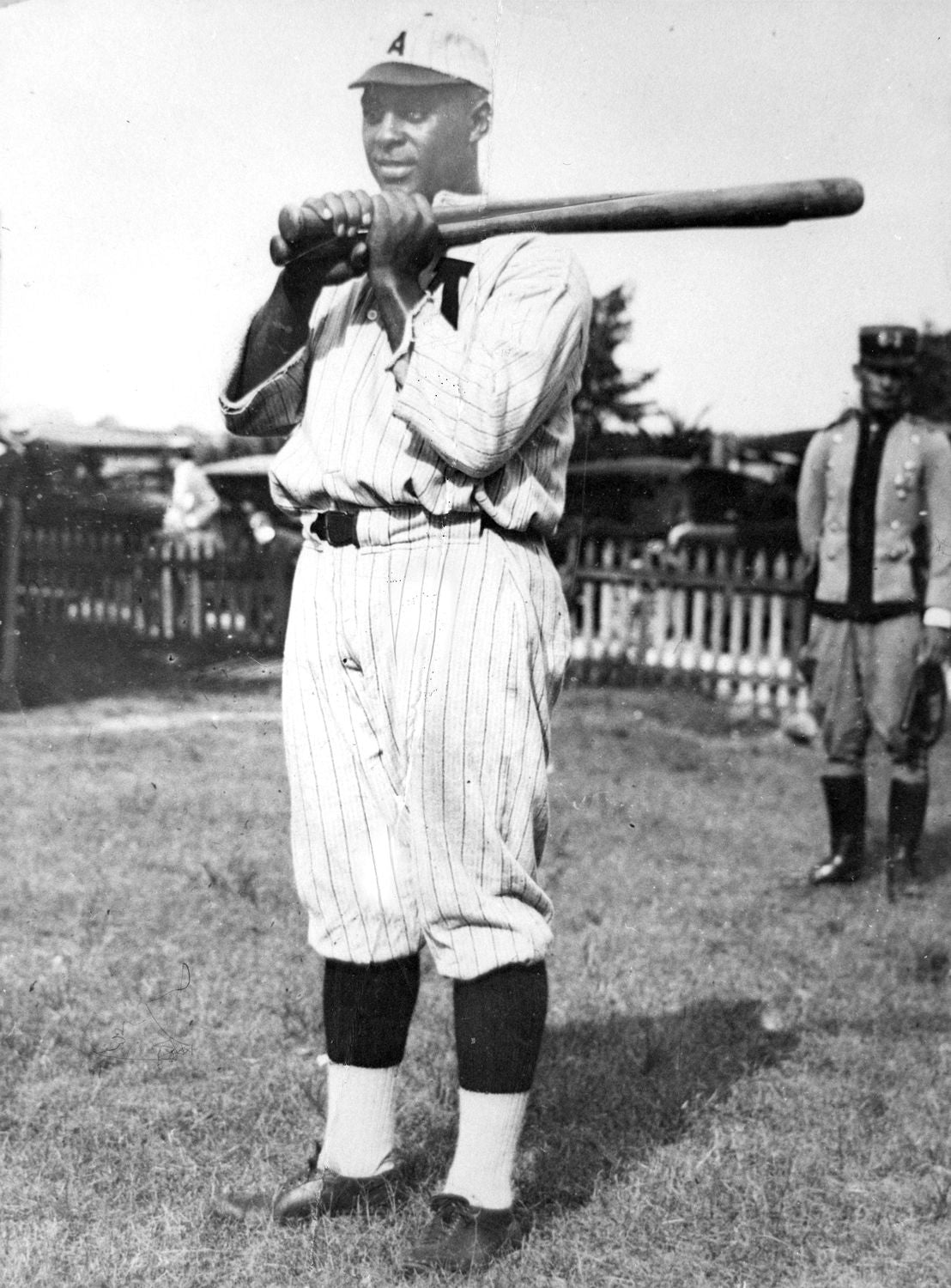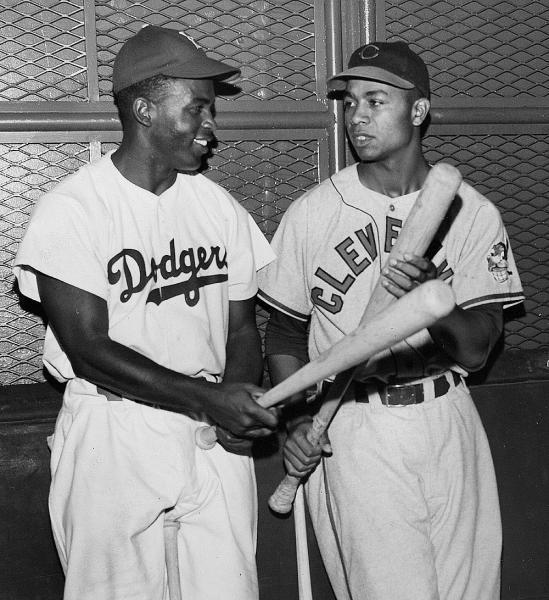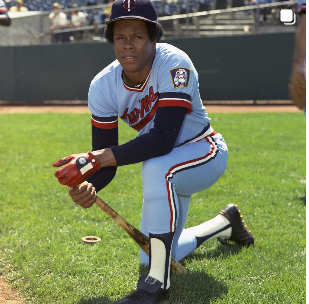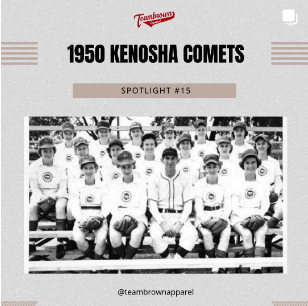#Spotlight – This week as part of Black History Month, we introduce you to Rube Foster, who is commonly known as the "Father of Negro Baseball".

Andrew "Rube" Foster is one of the most influential people in the history of baseball, black or white, and yet is still unknown to many people.
Rube Foster not only served in three distinct positions in baseball, but did so at a Hall of Fame level for all three. He was a Pitcher, Manager and Executive.
In 1902, Foster would join the Chicago Union Giants where he struggled in his first professional season, eventually earning his release from the club. In 1903 Foster joined the Cuban X-Giants and became their ace pitcher. Foster would lead the X-Giants to the black baseball championship the following season.
Foster would be credited with a 51-4 pitching record for the 1905 season. His pitching prowess would lead white managers to seek him out to work with their pitchers to teach them pitches. One of those pitchers, Christy Mathewson learned how to throw a fade ball (what is now called a screwball).
Another famous pitcher, Rube Waddell, is the basis of Foster adopting the nickname Rube after besting him in a head to head battle.
In 1907, Foster would become thee player-manager for the Leland Giants. The Giants would go on to win 110 games and capture the Chicago City league title. As manager, he highlighted the use of speed and bunt-and-run.

Foster would leave Leland to form his own team with stars John Henry Lloyd, Home Run Johnson and Pete Hill. This superstar team would play to a 128-6 record.
In 1911, Foster would partner with Chicago White Sox owner Charles Comiskey's son-in-low John Schorling to form the Chicago American Giants. This team would become the most prominent black baseball team of the day, winning the western league championship every year from 1910 and 1922 (except 1916).
In 1920, Foster would finally push through the formation of a Negro National League. He gathered all the owners together in Kansas City at the YMCA, and helped hammer out an agreement among the owners.
Foster would become sick and erratic in 1925 after an exposure to gas. He would experience a psychological breakdown, and be confined to an asylum in Illinois for the remainder of his life. Foster died in 1930.
In the words of author Robert Peterson: “If the talents of Christy Mathewson, John McGraw, Ban Johnson and Kenesaw Mountain Landis were combined in a single body, and that body were enveloped in a black skin, the result would have to be named Andrew (Rube) Foster.”
#HistoryInYourSize












